Insects As Vectors Of Disease
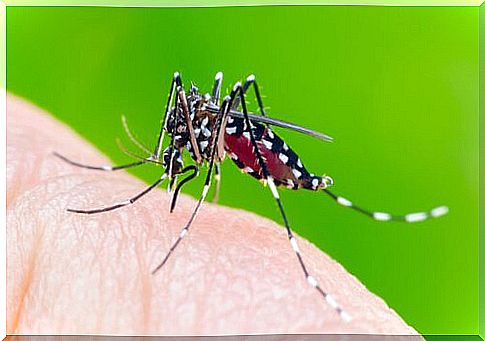
The biodiverse world of the insect family is wondrous and holds many secrets and species that we have not yet discovered. However, we do know that different insects are also disease carriers. We would like to tell you about these today.
Insects as vectors of disease
Mosquitoes in particular are considered to be the carriers of diseases such as dengue fever, Zika virus, yellow fever, Chikunguya fever, malaria or West Nile fever. These diseases kill many people every year across the planet.
But apart from mosquitoes, there are also other insects that are considered to be disease carriers in various regions. The common denominator there is often the poor living conditions of the people.
These diseases include, for example, Chagas disease, also known as South American trypanosomiasis. It is mainly transmitted through the faeces and urine of the Triatonimae, which are predatory bugs.
It is a local disease that is largely confined to mainland Latin America. It is believed, however, that of the more than six million infected people are also in North America and in some countries in Europe and the Western Pacific.
There is currently no vaccination to combat them.
Find out more about Chagas disease
It is a sometimes fatal disease caused by a unicellular parasite called Trypanosoma cruzi . In the acute phase, which is often asymptomatic or with only a few signs, these microorganisms circulate through the blood.
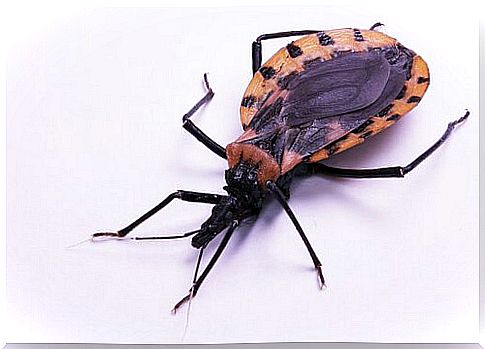
During the chronic phase, the parasites can cause irreversible damage to the nervous system, the digestive system and the heart. Sudden death from arrhythmia or heart failure can also occur.
During the day, the bugs hide in the cracks in the walls of huts where people live. At night, the disease carriers sting, feed on the people’s blood and then excrement near the wound.
Infection occurs when the victim scratches the sting and rubs the feces into the wound, eyes, or mouth.
However, the disease can also be transmitted through blood transfusions, organ transplants, infected foods or drinks, and also from mother to child through the placenta.
Black fly disease vector
Onchocerciasis, or river blindness, is another insect-borne disease. It is caused by the nematode Onchocerca volvulus . The vector of the disease is the bite of the female, infected black flies.
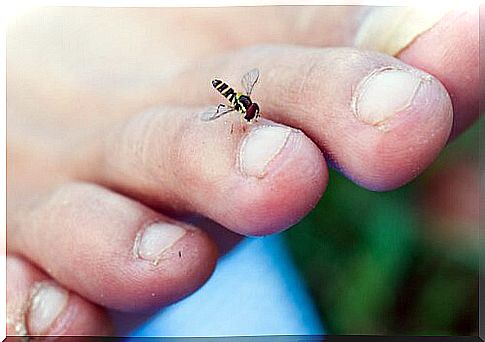
This insect lives in tropical rivers and streams, where the population is mainly devoted to agriculture. If they sting infected people, they not only drink their blood, but also the parasites, which they later pass on to other victims.
The larvae move through the subcutaneous tissue and nestle mainly in the skin and eyes. Infected people react with itching and sores on the skin and eyes, which can cause various problems with vision and even blindness.
This disease is found in sub-Saharan Africa. However, there have also been cases in Yemen, Brazil and Venezuela. Here, too, there is no vaccination to prevent it.
Leishmaniasis is also transmitted by insects
Over 90 different species of sandflies are thought to be responsible for transmitting leishmaniasis through a protozoan parasite called leishmania. The disease occurs in different areas of Asia, Africa, America and Europe.
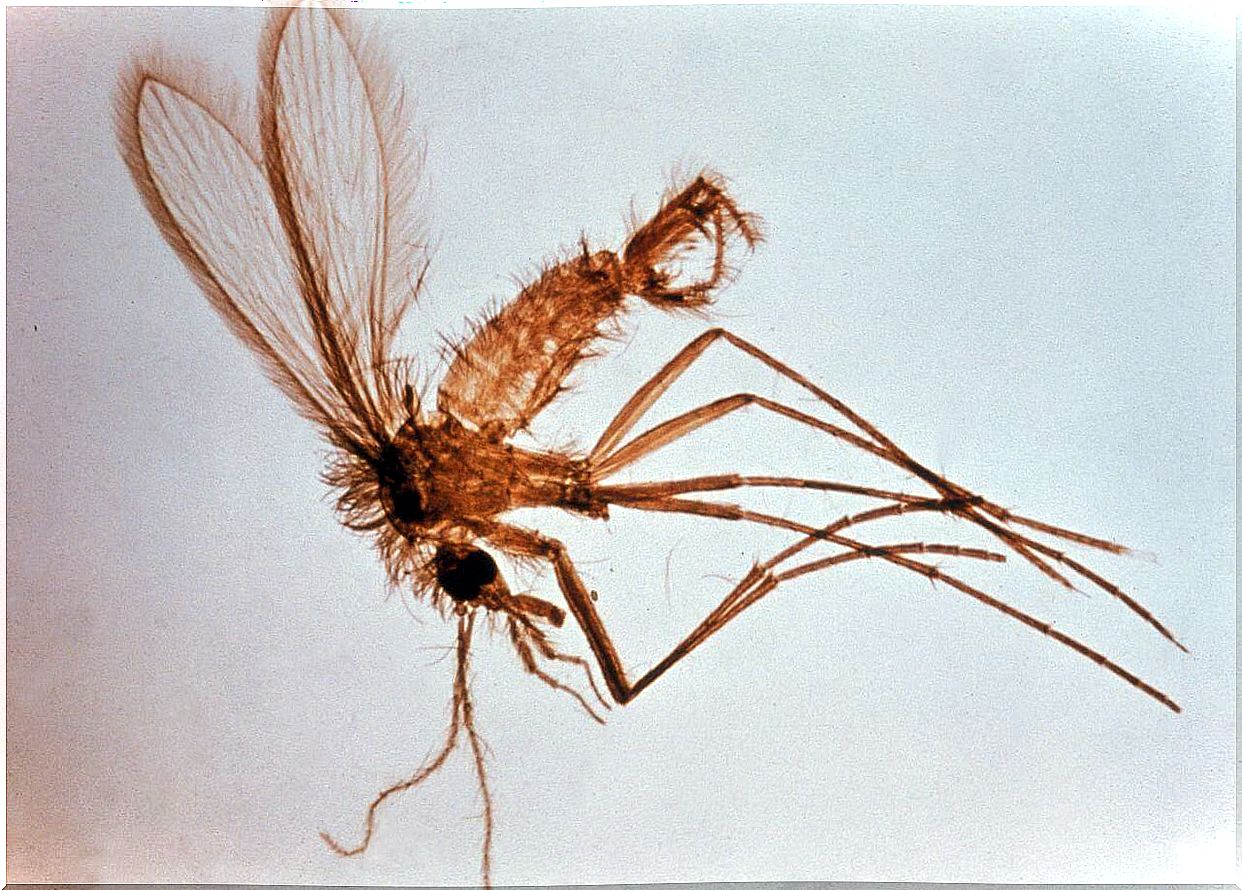
These insects transmit a disease through their stings that mainly manifests itself in 3 forms:
- Cutaneous leishmaniasis. This type is the most common. It shows up through skin injuries that lead to lifelong scars.
- Internal leishmaniasis. It can be fatal if left untreated. There is a fever, weight loss, anemia, and an enlarged liver.
- Mucosal Leishmaniasis. It destroys the mucous membranes of the nose, mouth and throat either partially or completely.
Tsetse fly as a disease vector for sleeping sickness
It is also called African trypanosomiasis and a sting from the tsetse fly can trigger it. This disease occurs in tropical areas and can be fatal if not treated in a timely manner.
They are caused by two types of parasites: Trypanosoma brucei rhodesiense and Trypanosoma brucei gambiense .
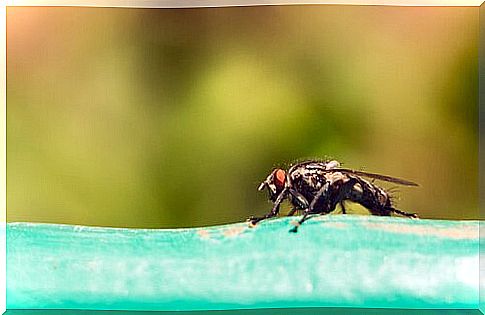
The sting causes a reddish ulcer. After a few days , various symptoms of the disease can appear. These include:
- fever
- Inflammation of the lymph glands
- Muscle and joint pain
- Headache
- irritability
If the disease progresses, it attacks the central nervous system and there are personality changes, changes in the biological clock, cramps, as well as movement and language problems.









